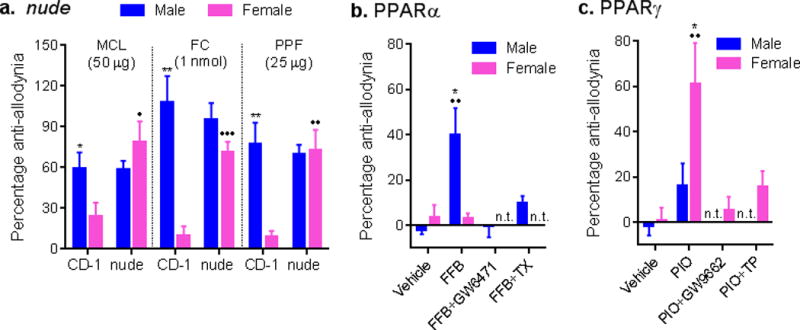Fig. 2. Mechanical allodynia after nerve injury is mediated by adaptive immune cells in female but not male mice.

a) Reversal of mechanical allodynia after SNI by intrathecally administered glial inhibitors minocycline (MCL), fluorocitrate (FC) and propentofylline (PPF) in male but not female CD-1 mice, but in immunocompromised nude mice of both sexes. Bars represent mean ± SEM percentage of maximal anti-allodynia (n=4–7 mice/sex/drug/genotype). b) Male-specific reversal of allodynia from the PPARα ligand, fenofibrate (FFB) is blocked by the PPARα antagonist, GW6471, and by castration (TX). Bars as in graph a (n=4–6 mice/sex/condition). c) Female-specific reversal of allodynia from the PPARγ ligand, pioglitazone (PIO) is reversed by the PPARγ antagonist, GW9662, and by testosterone proprionate (TP). Bars as in graph a (n=7–10 mice/sex/condition). *p<0.05, **p<0.01 compared to corresponding female mice by t-test. •p<0.05, ••p<0.01, •••p<0.001 compared to same-sex wildtype (CD-1) or vehicle group by t-test. n.t. = not tested.
